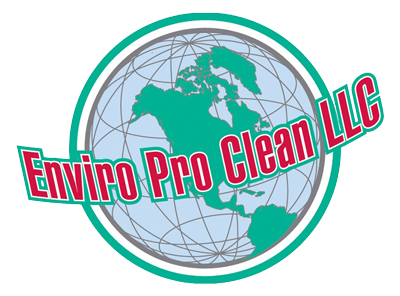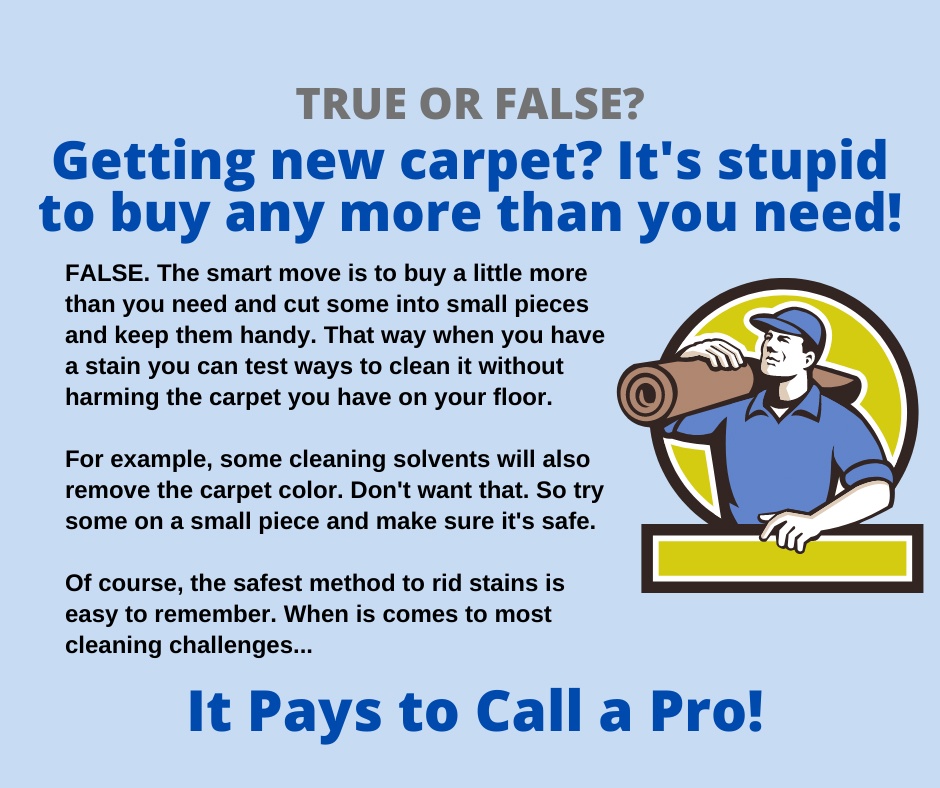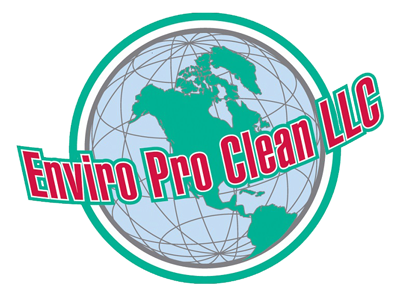Cleaning With Baking Soda and Vinegar
While it is true you purchase brand-name cleaning products for specific tasks around the home, such as carpet spotters or toilet bowl cleaners, you have some chemicals you use every day that can also be used for cleaning.
You no doubt have heard of the many uses of baking soda, from absorbing odors to absorbing liquids, as a cleaning additive, and more.
Don’t confuse baking soda with baking powder, which has other additives. Then we have white (clear) vinegar, which is an acid-based chemical that we use for many recipes but that can also be used as a cleaning product.
While you can use them separately in many ways, when you mix the two together you get that fantastic fizzy reaction that can be used for some of the toughest cleaning chores. And when it is all said and done and the cleaning is complete, the residue from baking soda and vinegar converts into water. This means you can’t mix them up and store them. When mixed, use them right away and discard any you don’t use.
Here are a few common uses for vinegar and baking soda. And remember, white vinegar only, leave the apple cider vinegar for cooking.
Shower heads: Hard water can plug up the tiny holes that are part of a shower head, and it is tough to clean them out. But with baking soda and vinegar, you have a fighting chance.
Remove the shower head and place in a bowl. Add enough white vinegar to cover it, and then liberally sprinkle baking soda over the surface, carefully mixing it in. The acid in the vinegar breaks down the minerals that are plugging up the holes and the baking soda adds more cleaning power. Let it soak for several hours, and once in a while stir the concoction in the bowl. When the bubbles are done, and a few hours have passed, rinse it all out and reinstall and you should be good to go!
Toilet bowls: Flush your toilet bowl and turn off the water, and then spray or pour the inside of the bowl with white vinegar, and sprinkle baking soda all over it. Let it sit a few minutes and then scrub. Turn on the water, flush, it should be clean! Repeat as necessary.
Clogged drains: Pour half a cup of baking soda in the clogged drain and the pour one cup of white vinegar. Let it sit for an hour. Then pour boiling water into it to flush it out. That should do it unless the clog is severe.
And remember, for all your cleaning questions and when you need help, call your favorite cleaning company. After all, It Pays to Call a Pro!
How Flooding Works
While flooding can occur at any time, in many parts of the country it is more common with spring rains. It just depends on where you live. That being said, it is worth noting how flooding works, why rainwater can build up and become a devastating force to deal with, and other causes of flooding.
Flooding usually happens when an abundance of water covers dry land. It can happen when a lake, river, creek, or other waterway overflows its banks. That can be from heavy rainfall or even when water is released from a reservoir, canal, or dam.
Some flooding may be a few inches deep, and at times in severe weather or a devastating event, it can cover a house. It can come ashore near an ocean in the form of a hurricane, be carried by high winds, and other natural causes. It can come down from mountains when there is heavy rain or even snow melting.
In fact, mountains and hills produce an impressive amount of runoff, which can cause streams and waterways to quickly rise. The National Oceanic and Atmospheric Administration (NOAA) says this can happen in just minutes in heavy rainfall, which means there is virtually no warning time. All you can do is appreciate potential danger and watch the weather, and not just in your area, but for any part of the waterway you are near. This type of flash flood is really considered the most dangerous type because it happens in a… well… flash. Quickly. It occurs when heavy rainfall exceeds the ground’s ability to absorb moisture, or when a previous-mentioned event (overflowing banks, release from a reservoir) happens. In the United States, floods kill more people than tornadoes, hurricanes, or lightning. Floods are extremely dangerous but often the risk is downplayed.
Areas that are densely populated are at risk because the construction of buildings, roadways, parking areas, and what is typical of an urban area allow rain to build up with nowhere to go, especially if it has rained over an extended time and the storm drain system is overworked.
Never enter a flood zone unprepared or untrained. Rely on the experts. Even a small amount of flooding can be dangerous. We have all seen the pictures and videos of those stranded in their vehicles, some standing on top of them, while flood waters raged by. And some have lost their lives because they thought they could get through flood waters. Don’t become a statistic.
With flooding comes water damage in homes and buildings, which bring unique potential dangers, such as mold contamination. When you experience water damage, do the right thing. Call your favorite disaster restoration company. After all, It Pays to Call a Pro!


